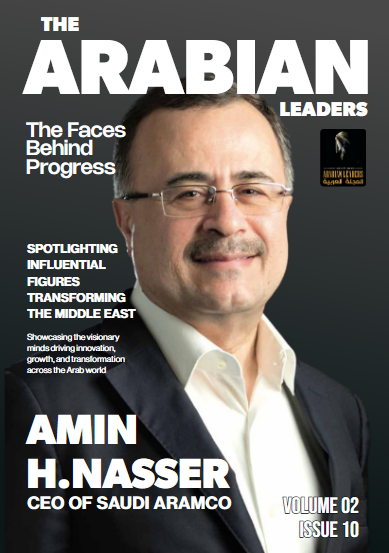By The Arabian Leaders
Published on: 17-06-2025
The End of Mandatory Dress Codes: A Defining Shift
Saudi Arabia has ended mandatory dress codes for women, ending decades of legal and cultural enforcement of the abaya and headscarf. This move, aligned with Vision 2030, grants Saudi women autonomy over their attire.
From Guardianship to Freedom
Recent reforms have dismantled aspects of male guardianship:
- 2017: Women permitted in sports stadiums.
- 2018: Driving ban lifted; over 70,000 women licensed.
- 2019: Travel without guardian permission begins.
These changes empower women to pursue education, careers, and travel independently.
Saudi Women in Sports: A Revolution in Motion
Women are now active participants and leaders in sports:
- 2012: Sarah Attar competes in Olympic 800m.
- 2019: Women’s football league launched.
- 2020: 38% of Saudi women exercise weekly—up from 8% in 2015.
Figures like Reema bint Bandar Al Saud have driven policy to include women in national fitness and sports diplomacy.
Women in Business: From Boardrooms to Billion-Dollar Visions
The World Bank’s Women, Business and the Law 2023 recognizes Saudi Arabia’s strides. Current statistics:
- 600,000+ women-owned businesses (up from 21,000).
- 33% of SMEs are woman-led.
- Female labor force participation rose from 17% in 2017 to over 36% in 2023.
Leaders such as Lubna Olayan, Sarah Al‑Suhaimi, and Rania Nashar are breaking barriers.
Women in History: The Unsung Heroines of the Kingdom
Historical figures reaffirm long-standing female leadership:
- Ghaliyya Al‑Buqmiya — 19th‑century leader.
- Fatima Al‑Fihri — founder of the world’s oldest university (859 AD).
These examples root modern reforms in regional heritage.
Cultural Impact and Public Reaction
The end of dress codes has sparked a fashion and media renaissance:
Designers like Arwa Al Banawi and Hana Al Omran fuse tradition with style; hashtags like #MySaudiStyle showcase women’s digital empowerment. A cultural debate continues—but social platforms reveal growing support.
Government Initiatives and Policy Support
Reform is backed by institutional frameworks:
- HR & Social Development incentives for female hires.
- Qiwa and Monsha’at support women entrepreneurs.
- NTP targets on female workforce growth and leadership roles.
These moves underline structural—not symbolic—change.
The Road Ahead: Unfinished Yet Unstoppable
Challenges persist—stereotypes, rural resistance, workplace bias—but the momentum is clear. Saudi women are now active in law, sports, aviation, diplomacy, technology, and the arts.
Final Thoughts
Saudi Arabia stands at a transformative moment. Freedom from dress codes may be the catalyst, but women are now reshaping sports arenas, boardrooms, courts, and cultural spaces. This is not a nascent change—it’s a resurgence rooted in heritage and driven by ambition.








